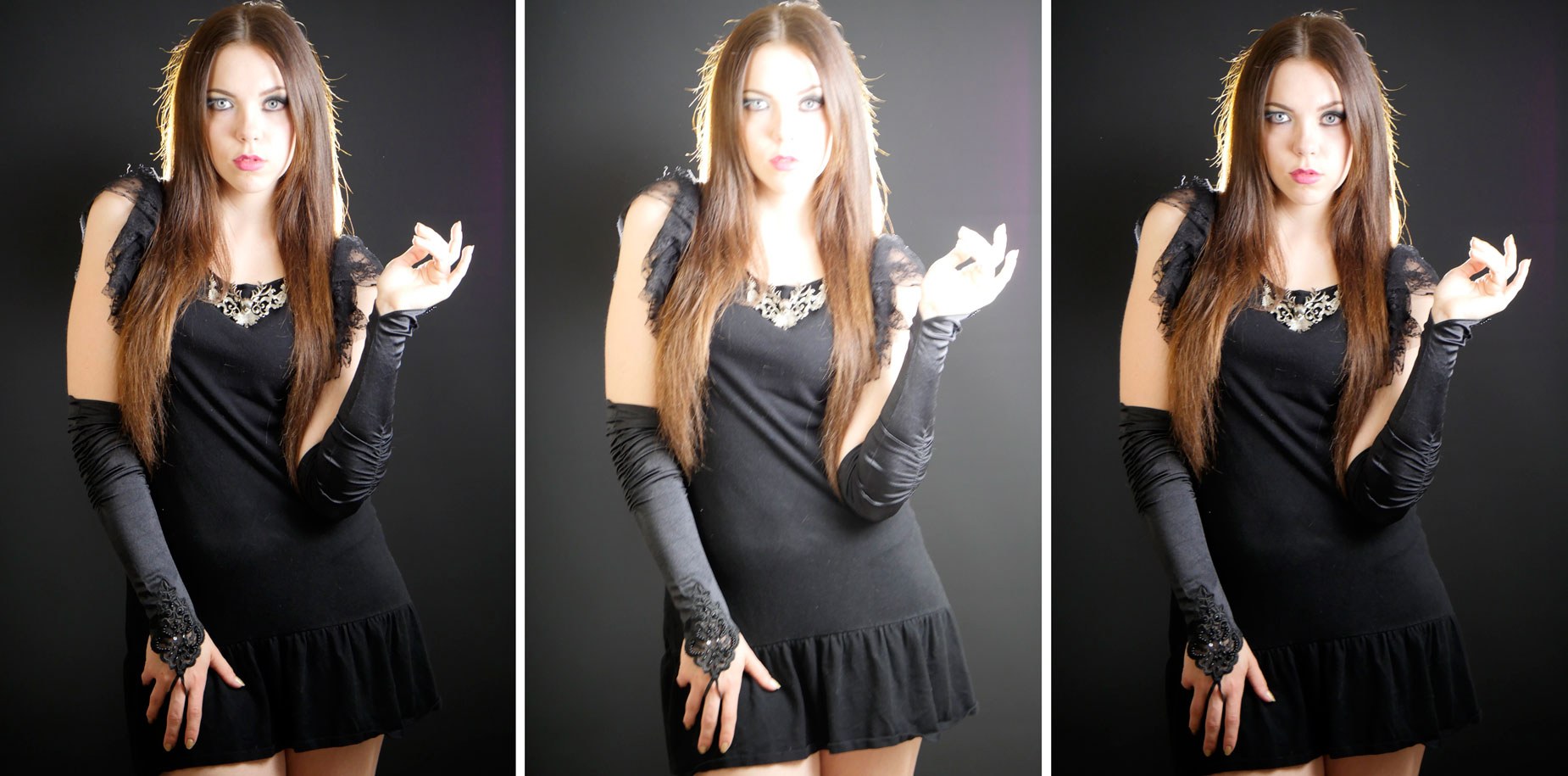I gave #monochromemonday the day off to address a problem that my pal Barry Staver and I encountered when working on our new series of Podcast videos for YouTube. The problems had to do with some types of LED lighting equipment.
Today’s Post by Joe Farace
Lighting is everything. It creates mood and has an emotional effect on you. —Zak Bagans, American paranormal investigator
I’ve been playing around with LED lighting for about twenty years and I’ve seen it grow from a photographic curiosity into what many today consider a lighting panacea. After all, it’s a continuous source and you can use it for still photography and video too. So it seems like it would be the perfect lighting source—or is it?
One of my first experiences with using LED lighting was an ill-fated model shoot done, ostensibly, for a popular photography magazine feature story on what was then-new lighting tools. For that session I created some portraits and an article was written (not by me) that turned out to be what I call “a project.” You can read all the details about it here and see a censored image—no Patreon subscription needed—from the shoot.
More recently, there was the experience Barry Staver and I had when recording a preview for our upcoming podcast series where the inexpensive LED lights we were using pulsed during the video changing exposure during the video. You can watch that video here to see the effect. Let’s hope we get it solved for our first, actual podcast. You can find out how that went by liking and subscribing to my YouTube channel.
You see, there are problems lurking in some LED light sources…

Take the sequence above, for example, that was made when I was testing a set of LED light for the print edition of Shutterbug. This is not a bracketed series because all three of these (unedited) frames were made at the same exposure—1/60 sec at f/2/8 and ISO 800 with the same camera and all within a few seconds of one another. The exposure fluctuation is caused by the fact that some LEDs have problems with Pulse Width Modulation that causes flickering making them appear to be producing continuous light when specific elements within the light source may not be alight and in fact are flickering off.
 The motion picture industry’s experience with LEDs showed that most exposure meters are not balanced to properly read the light from LED sources. That can sometimes, but not always, result in inconsistent exposure. You can, however, use a specialized meter, such as the Sekonic C-800 SpectroMaster Spectrometer, that’s capable of reading all kinds of light sources whether they’re LED, flash, incandescent, HMI, fluorescent and natural light. (Sekonic is not a sponsor, but hey, call me.)
The motion picture industry’s experience with LEDs showed that most exposure meters are not balanced to properly read the light from LED sources. That can sometimes, but not always, result in inconsistent exposure. You can, however, use a specialized meter, such as the Sekonic C-800 SpectroMaster Spectrometer, that’s capable of reading all kinds of light sources whether they’re LED, flash, incandescent, HMI, fluorescent and natural light. (Sekonic is not a sponsor, but hey, call me.)
In still photography, it seems that mirrorless cameras have an advantage because you can—and should be able to—see exposure variations in the viewfinder in real time, no chimping required so you can re-shoot if necessary. That’s why, when testing LED studio lighting gear for Shutterbug or this blog, I use a Rotolight Spectroscope to see what the output from these kinds of lights actually looks like. This device is similar to the kind of spectroscopes used by rock and gem collectors to analyze the quality of light being reflected by a stone. They used to be available on eBay at affordable prices and maybe they still are but I couldn’t find them in a recent search.
While the words spectroscope and spectrometer are often used interchangeably, a spectroscope is a device that visually displays the spectrum of light, while a spectrometer is a device that measures and analyzes the spectrum, often using electronic detectors.
How I Made this Portrait: For this portrait of Cat one of the same LED lights that was used to photograph Sarah above were placed at camera left with a 48-inch Silver Umbrella attached while a 32-inch reflector was at camera right. The camera used was a Panasonic Lumix GH4 with Leica DG Macro-Elmarit 45mm f/2.8 with an exposure of 1/100 sec at f/2.8 and ISO 800. The Glamour Glow filter from Color Efex was added to soften the image.